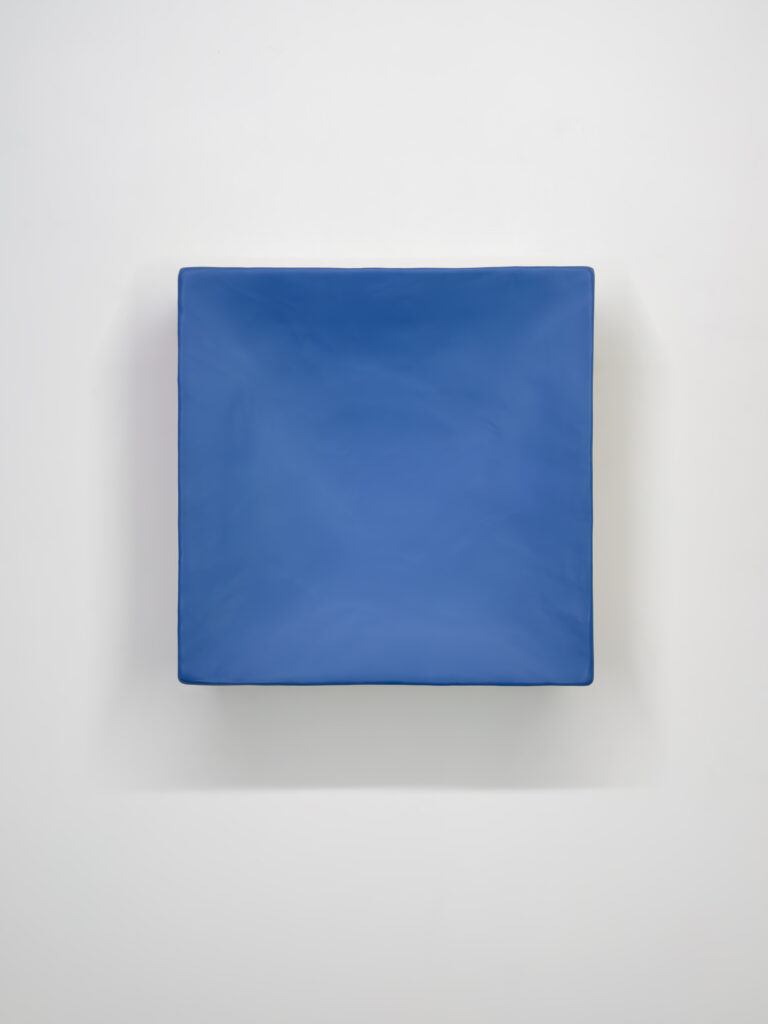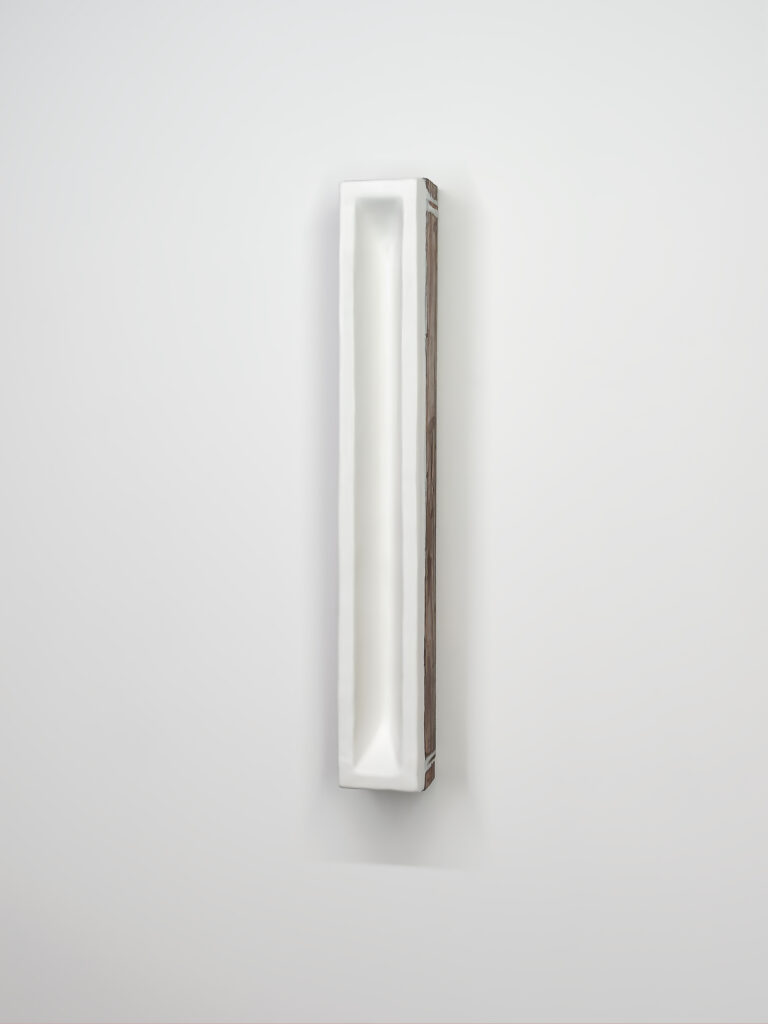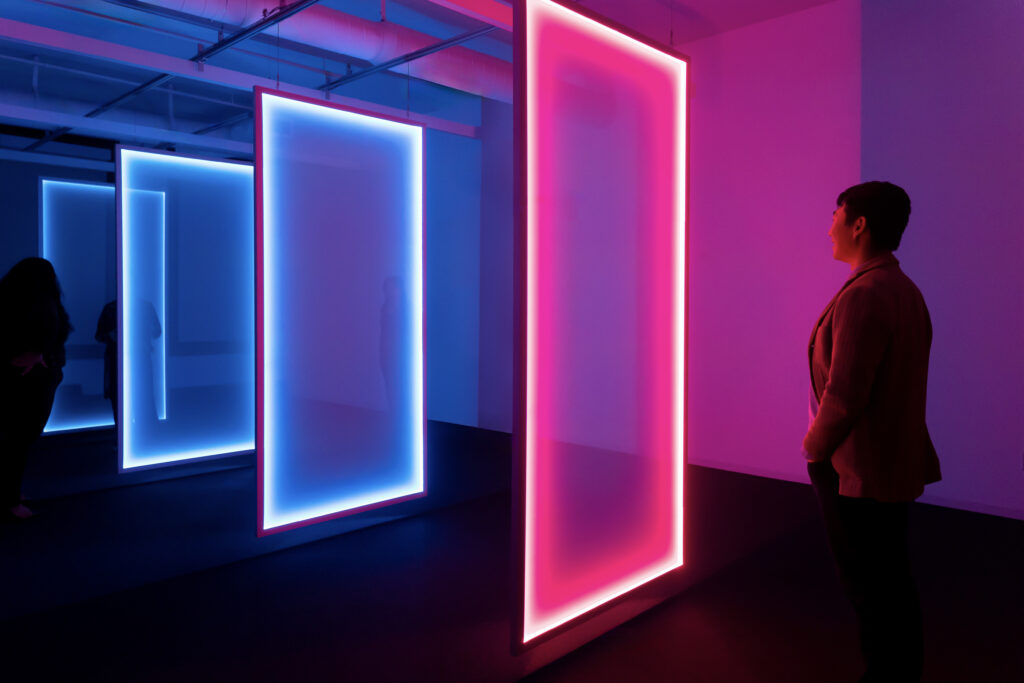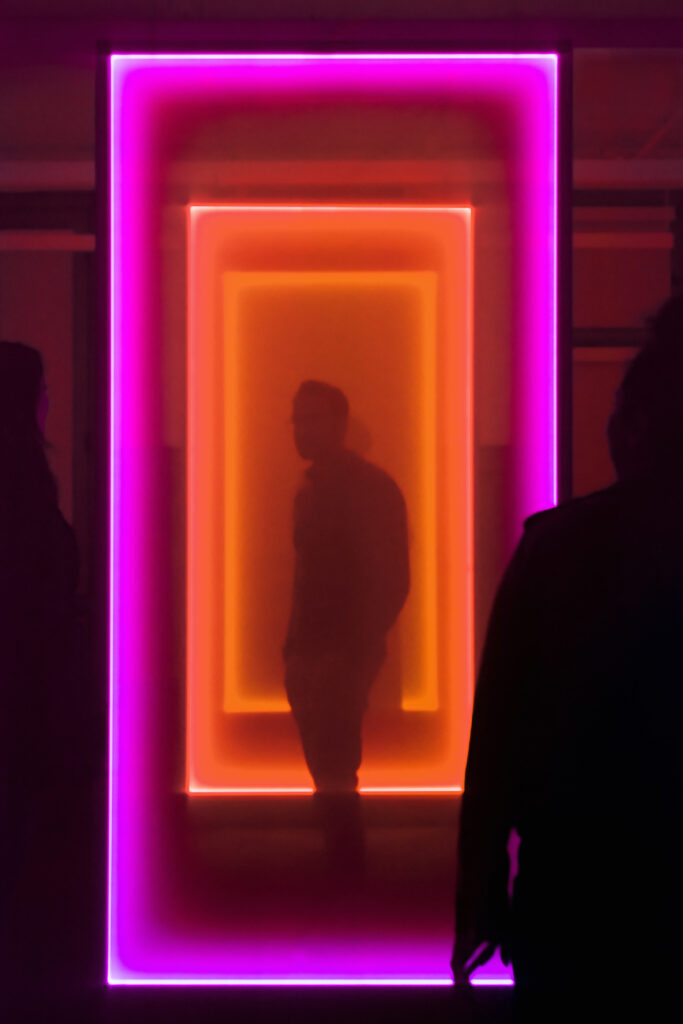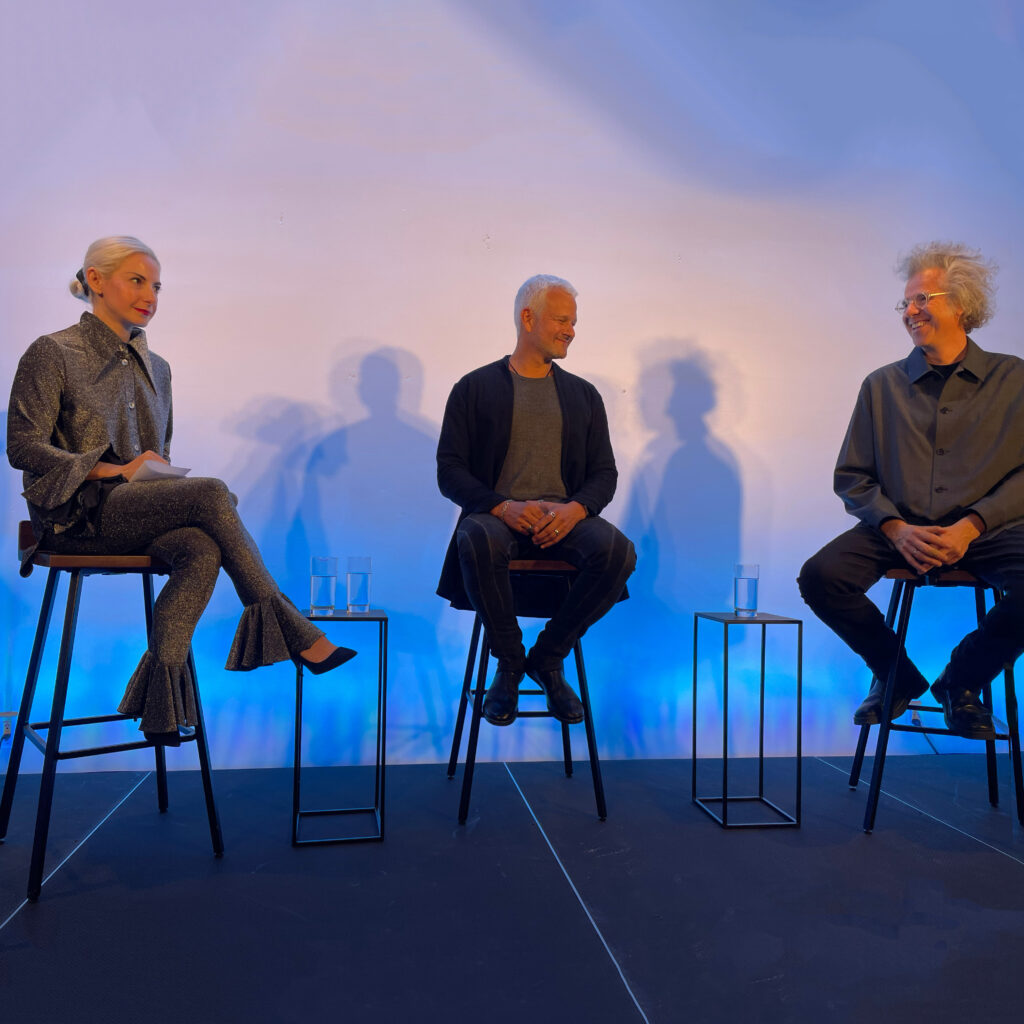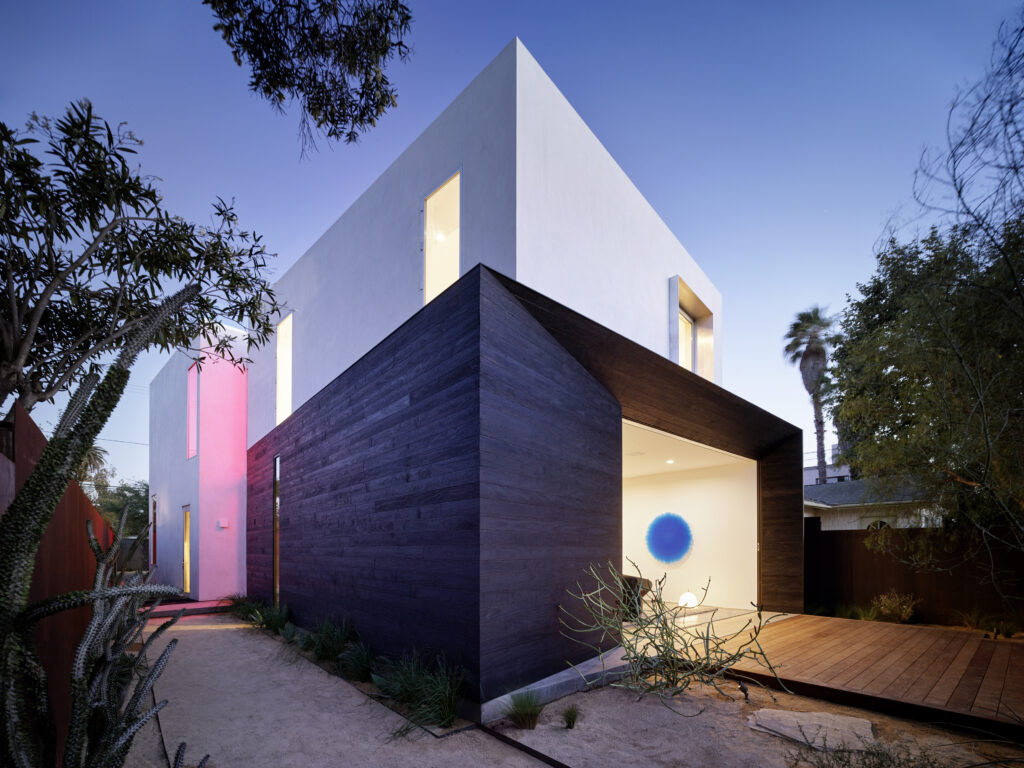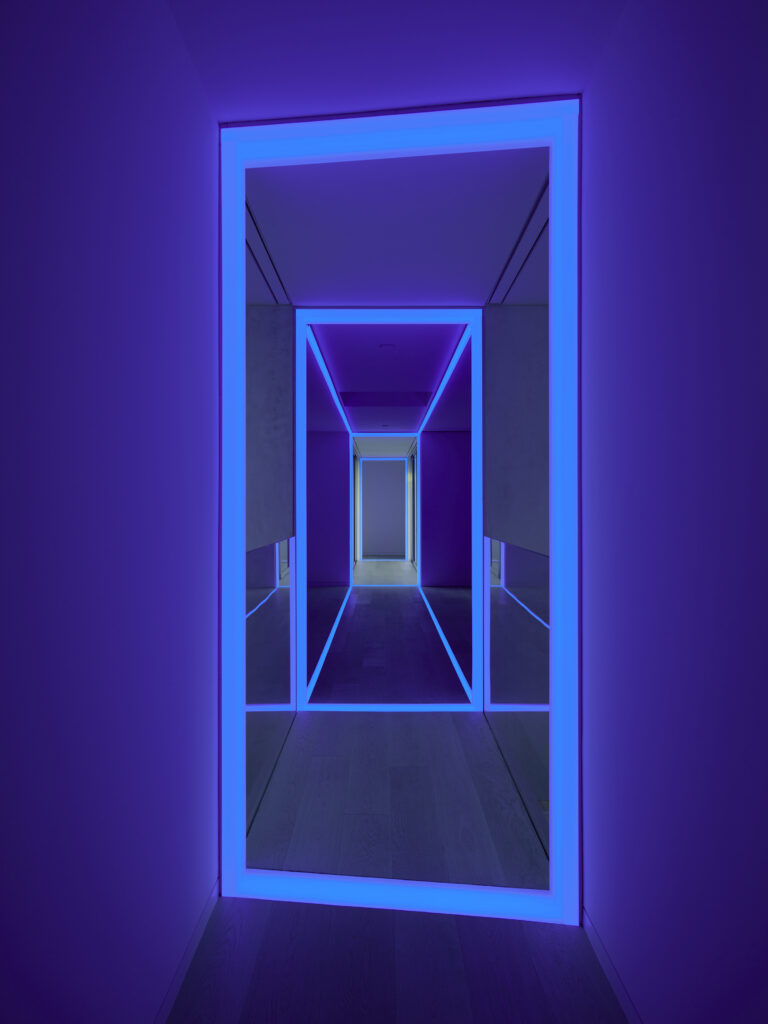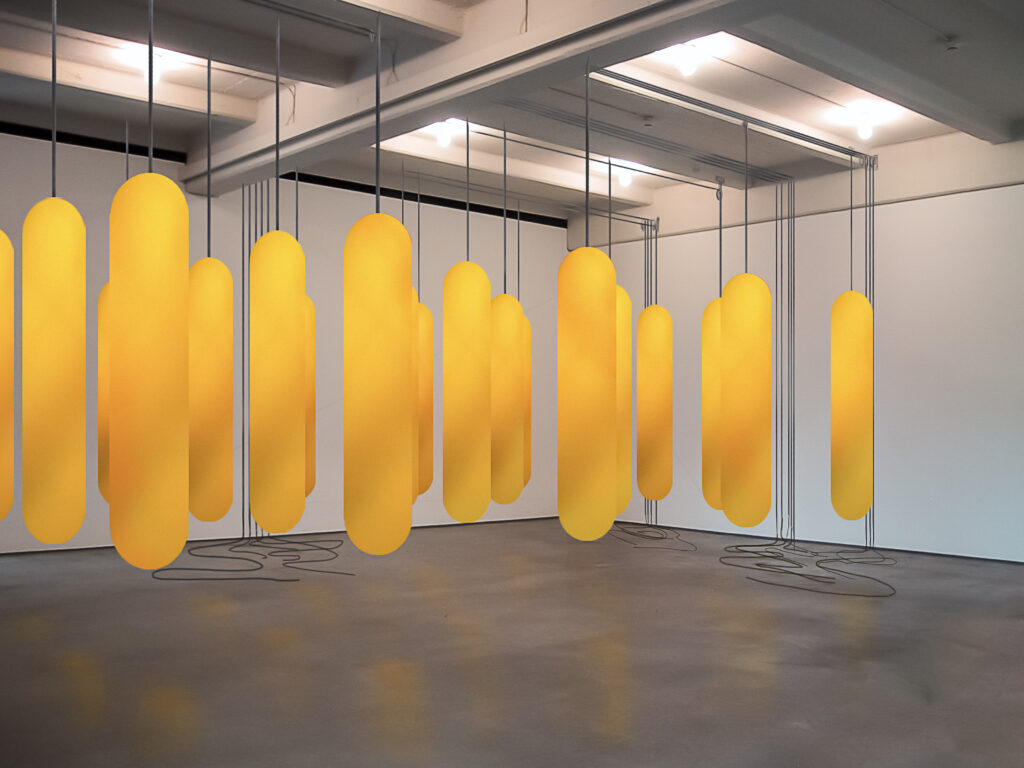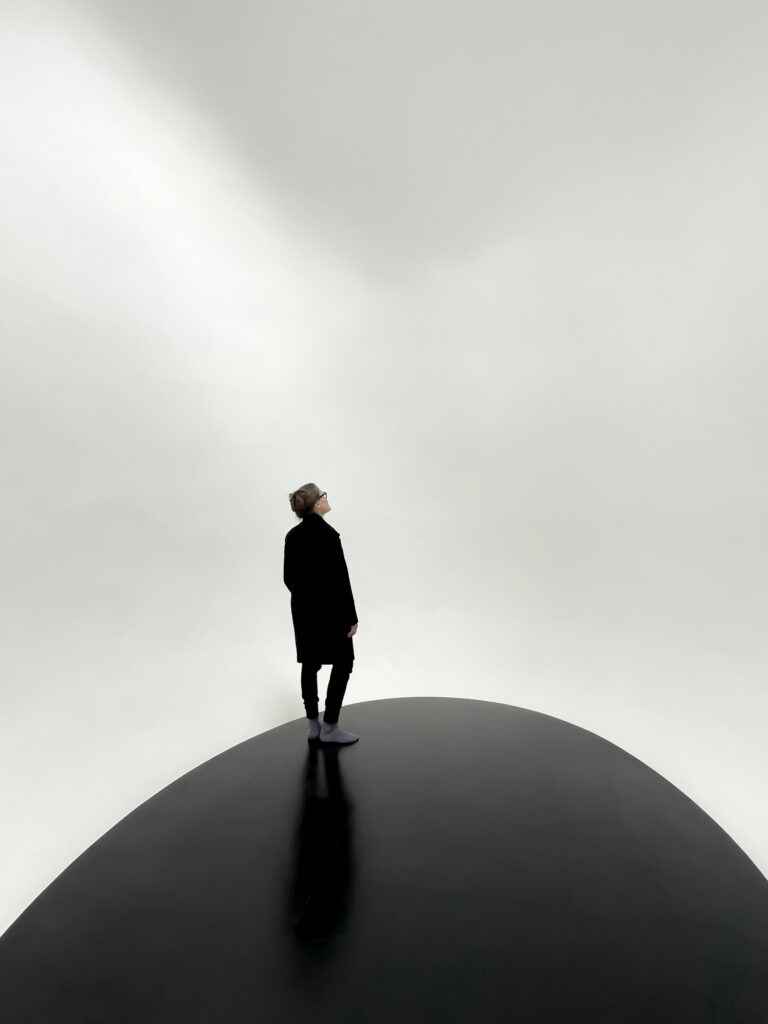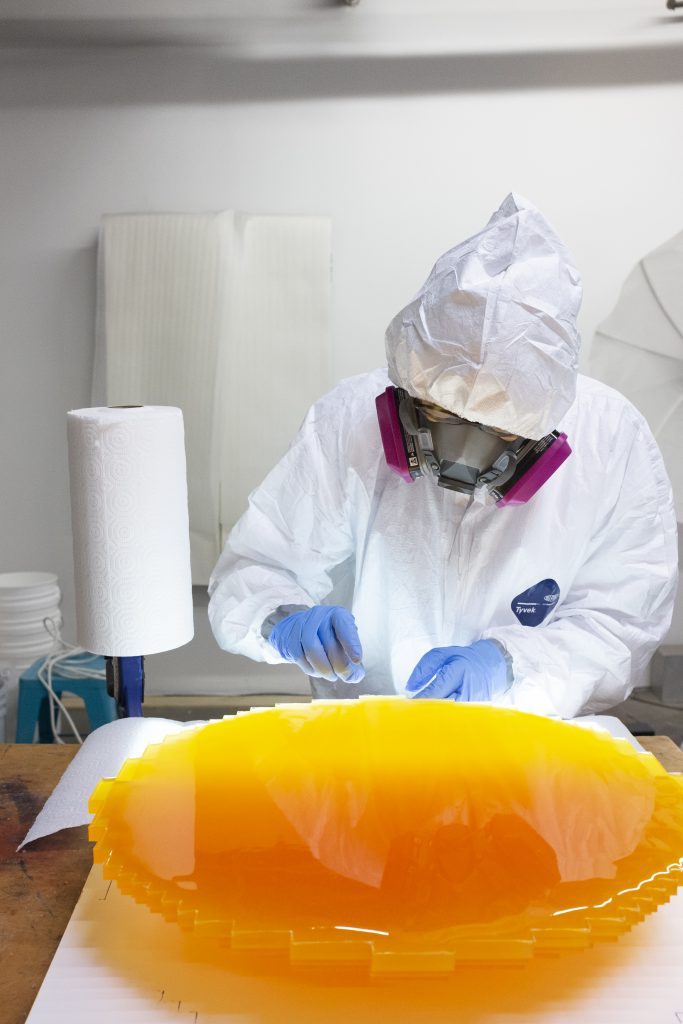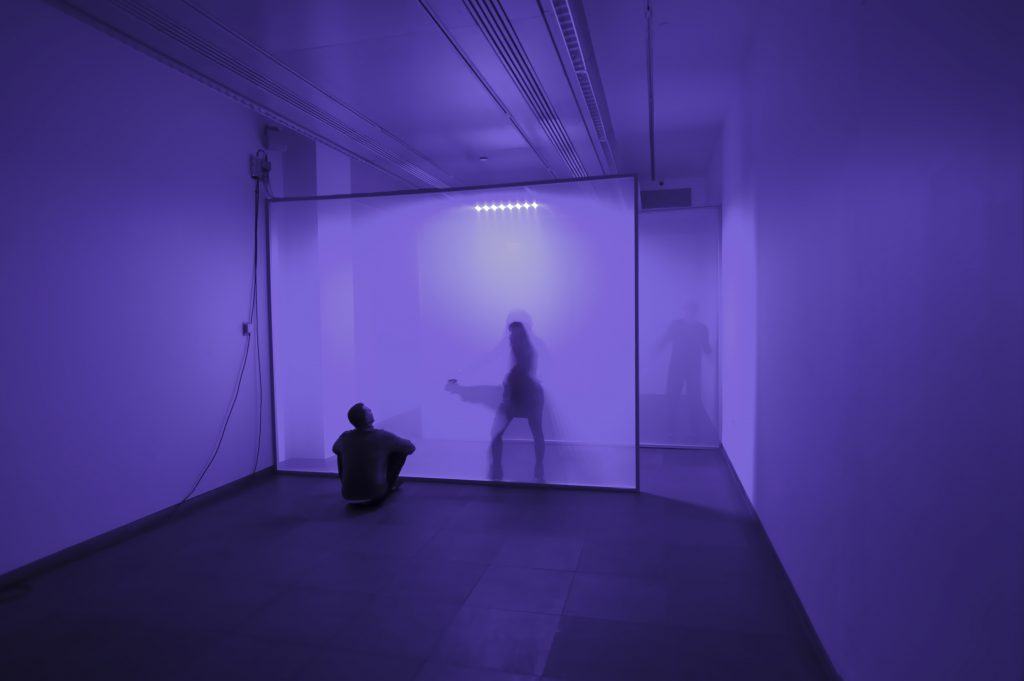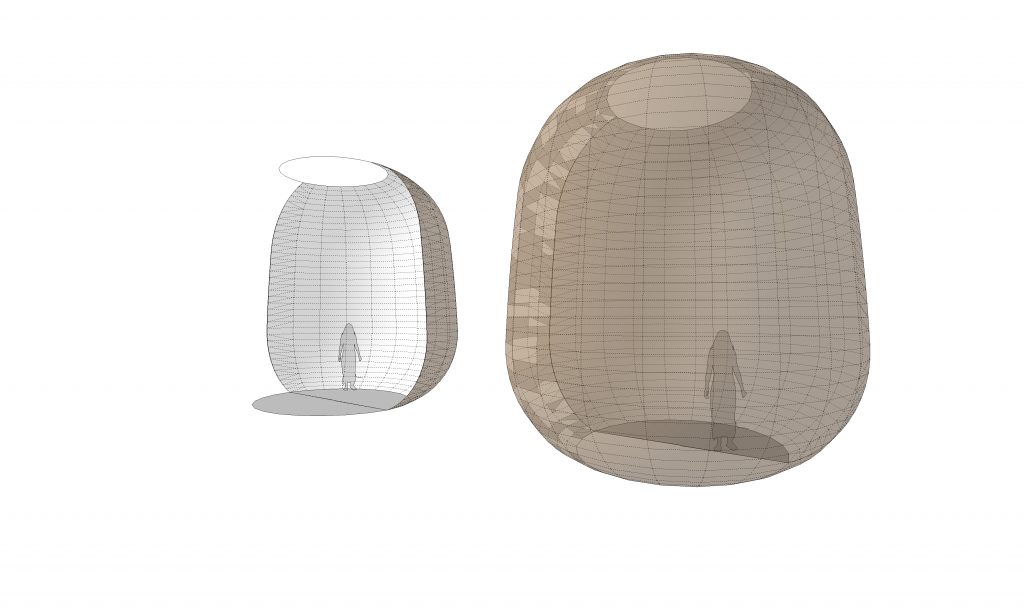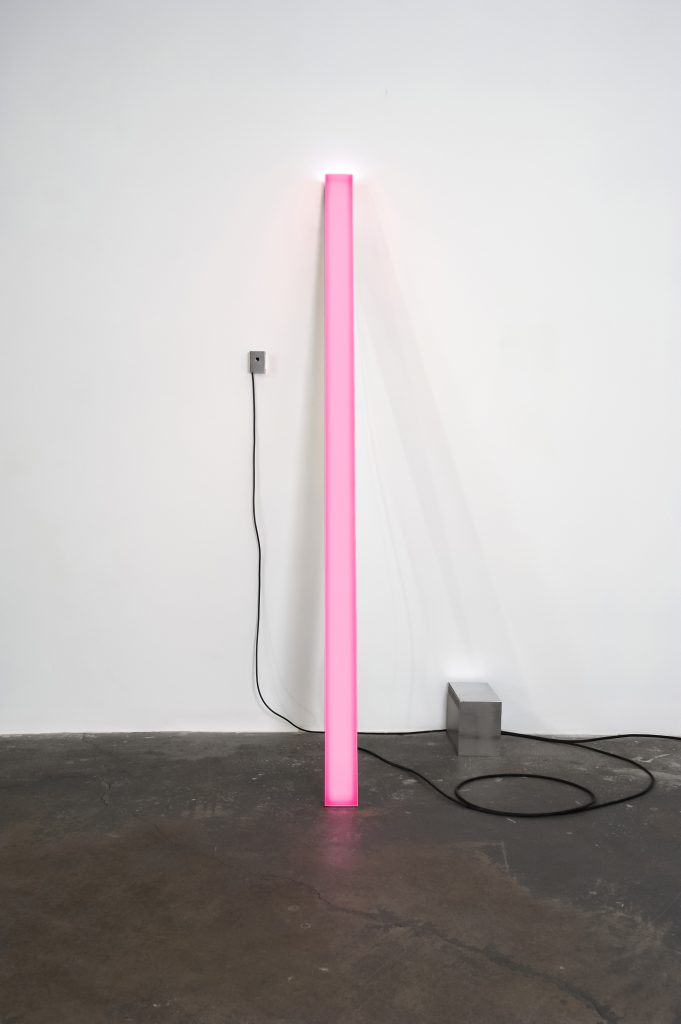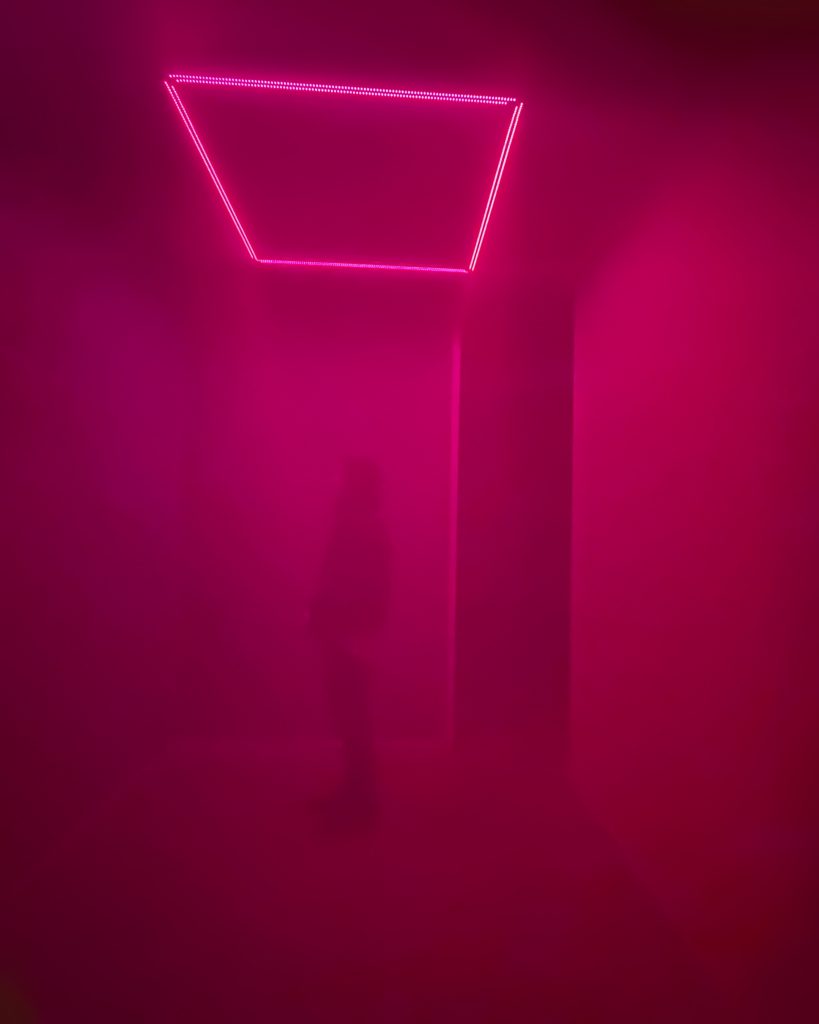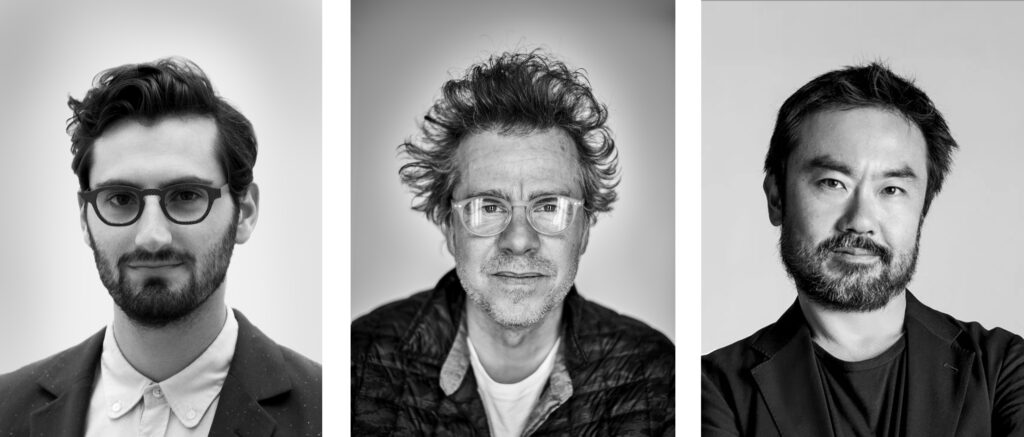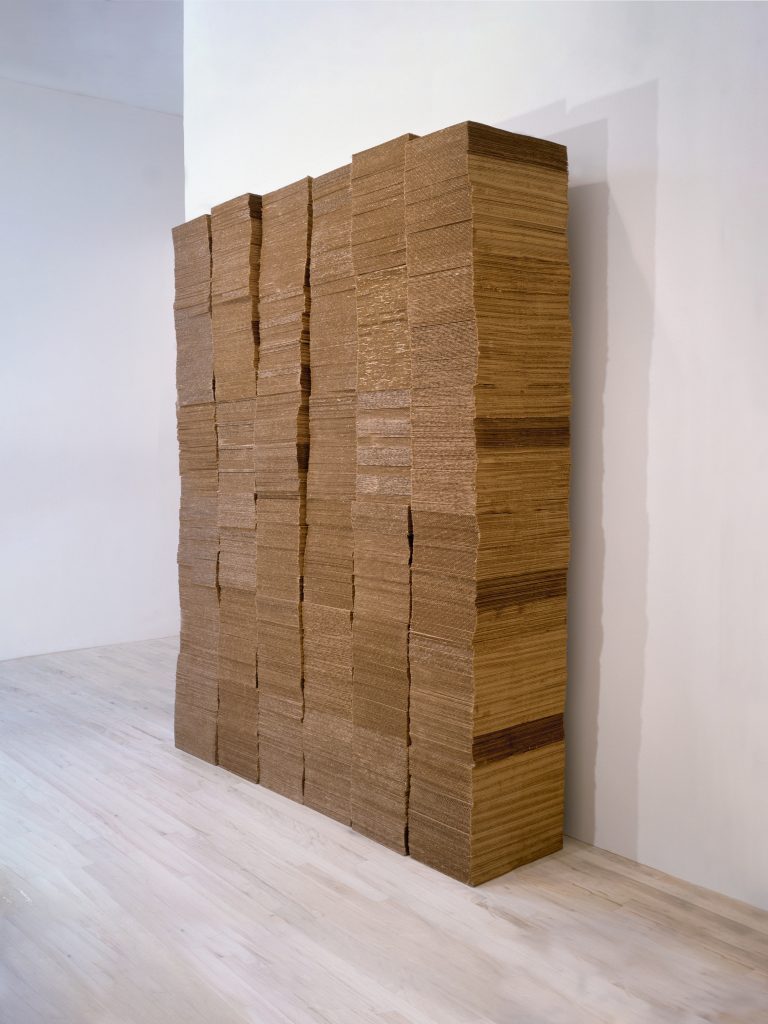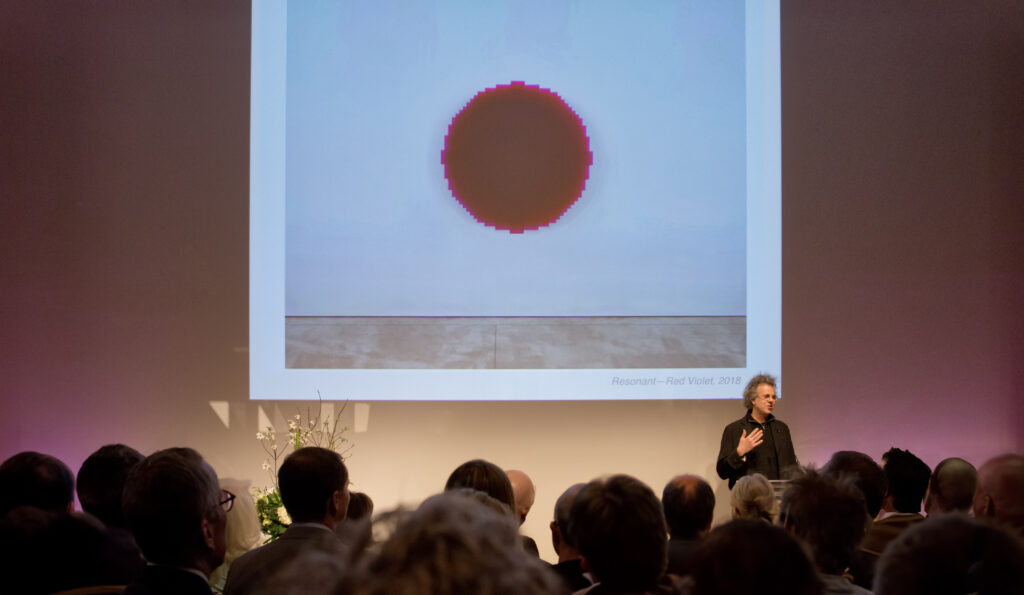Installations | Lumasonic Passage @ LAX
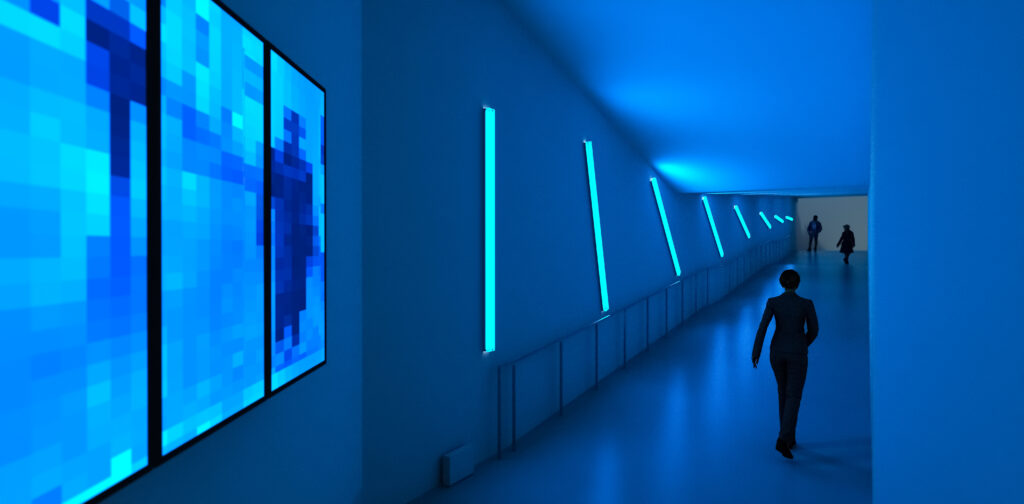
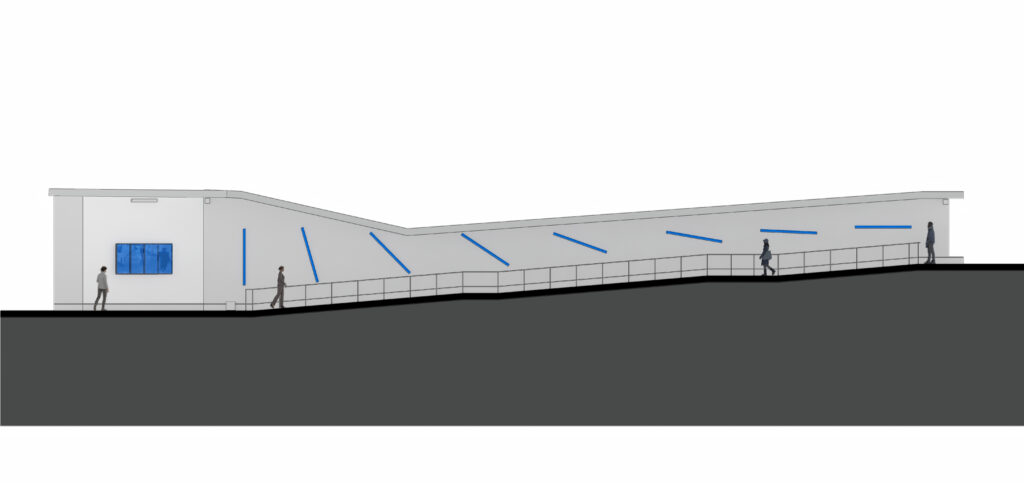
Lumasonic Passage – Blue/Green, 2024
Los Angeles World Airports
Terminal 1 – Terminal 2 Bridge
Resin, LEDs, aluminum, sensors, Spectrosonic Refrequencer, monitors, speakers
Lumasonic Passage – Blue/Green is an interactive light and sound installation connecting Terminal 1 and Terminal 2 at the Los Angeles International Airport. A video sensor at one end of the passageway captures movement and light, translating this data into sound in real-time through Spectrosonic Refrequencing, a proprietary software program developed by the artist duo. Video monitors display the real-time light and motion information rendered by the software’s custom algorithms, converting the visual data into auditory frequencies, allowing one to experience the sound of light. By moving through the space, one’s presence continually redefines the passage’s sonic and visual environment.
The artist duo challenges traditional ideas of subject-object relationships by generating reciprocity between viewer and work. By combining physical material with digital sensory systems, their orchestrations of light, matter, and data provoke self-reflection and existential awareness. Lumasonic Passage – Blue/Green, in its totality, ultimately exists through one’s experience of it.
